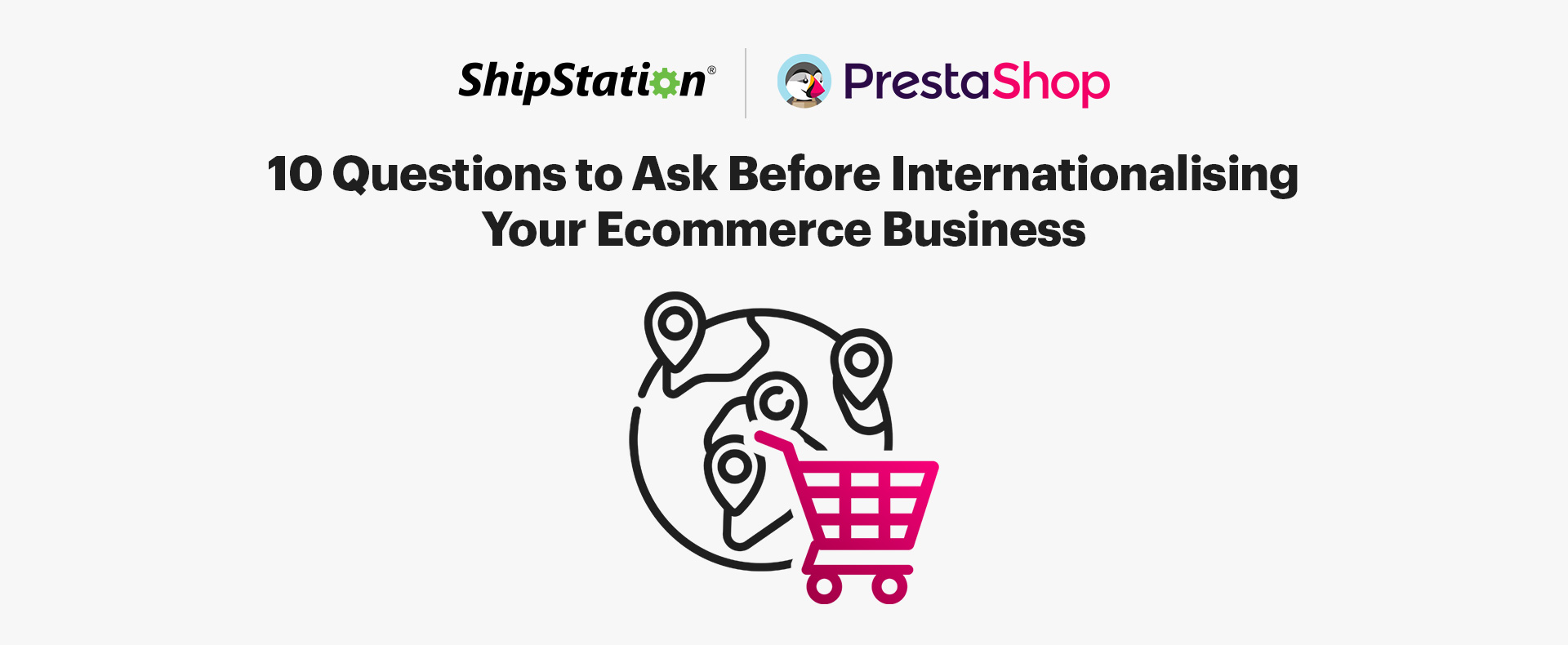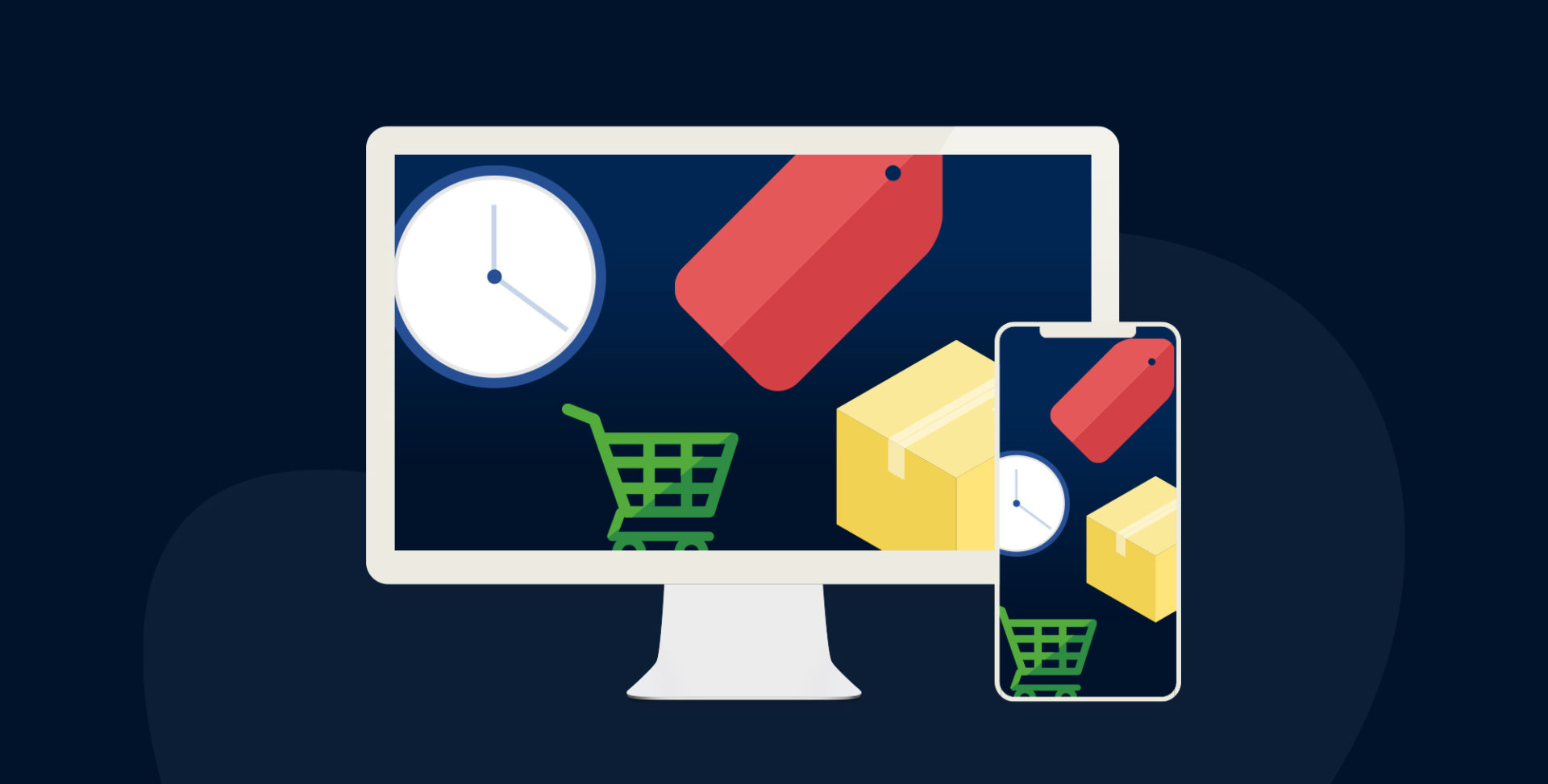5 Ways to Personalise Your Ecommerce Website
You’ve set up your website, and jam-packed it with your products, but what’s next? How do you get customers to visit, and more importantly, how do you get them to return for additional purchases in the future?
Today’s online shoppers expect the same enticing experience they receive when they shop in-store. Engaging with your customers through personalisation provides them with a memorable experience whilst also increasing conversion rates, decreasing basket abandonment, boosting customer satisfaction and reviews, and building your brand’s reputation.
What is ecommerce personalisation?
Described as the process of delivering products to customers based on data – such as browsing history, recent purchases, demographics or preferences – ecommerce personalisation provides customers with the products they want to see when they want or need to see them.
An excellent example of this is when you’re shopping on your favourite online store, and you see recommendations for products you’ve viewed before. In this case, the brand has used data on customer behaviour to show relevant products, increasing the propensity for additional purchases.
Why is personalisation important for ecommerce retailers?
Consumers want more customisation, more personalisation and more of an exciting experience than ever before. Personalisation is one step in providing an exceptional customer experience with your brand and can make the difference between a consumer purchasing from you or your competition.
Ecommerce retailers who take the plunge and begin personalising their omni-channel selling strategy stand to reap a whole host of benefits, including:
- Increased customer loyalty –providing customers with the experience they expect from their favourite brands is an easy way to gain loyalty.
- Enhanced engagement – providing customers with the products they want to see when they want to see them ultimately increases their engagement with your brand. Use data on your target audience to ensure you’re targeting the appropriate channels to reach them.
- Boost your conversions – when a customer visits your online store, and the experience is personalised to their wants/needs, showing them precisely what they may need based on their previous actions ultimately will lead to more conversions. You can further boost conversion rates by offering ‘recommended’ products for things in their basket.
- Greater understanding of customers – by analysing data around customer behaviours, you can begin to tailor your products better to those that will convert better. Optimising your customer journey with personalisation will boost your consumer knowledge, allowing you to optimise your sales strategy.
Be on a first-name basis
One of the easiest ways to begin personalising your customer’s experience is by using their names in their communication with you. From marketing emails to order summaries and delivery updates, being on a first-name basis with the customer will provide them with the most basic personalised experience.
Targeted discounts
If your website has a customer login and can track previous purchases, it can provide you with significant data to help in personalisation efforts. For example, suppose your customer purchased a product in the past. In that case, the next time they visit your website, you can either offer them tailored discounts for a repeat purchase or a bundle of related objects for a price lower than they would pay if they bought them separately.
Targeted or localised content
One of the basics of ecommerce success is selling to your target audience, and personalisation takes this one step further. If you’re selling to a global market, providing customers with a website in their language and suiting their interests with payment options tailored to them is a winning way to avoid them abandoning their cart – or your website altogether.
Product and shipping recommendations
For those ecommerce retailers who offer customer logins and previous purchase tracking, offering bespoke product recommendations is a no-brainer. If a customer returns to your website, offering them related products to one of their previous purchases won’t go unnoticed. Additionally, it’s a great way to boost upsells and conversion rates. The same goes for remembering their shipping preferences.
Peer-reviewed content
Word of mouth is a huge factor when consumers decide to buy online. Integrating a carousel of user-generated reviews, photos and videos of the product your customer is shopping for is a brilliant way to provide them insight into how the product looks in real life. Additionally, extending this practice beyond your website to digital advertising and social media will increase brand exposure and traffic to your website.
Whilst there are quick ways to add personalisation to your sales strategy, including customers’ names in communication, true personalisation takes time and effort – but it’s worth it. Learn more about improving your ecommerce website and increasing customer satisfaction around order fulfilment and delivery by contacting the experts at ShipStation.





